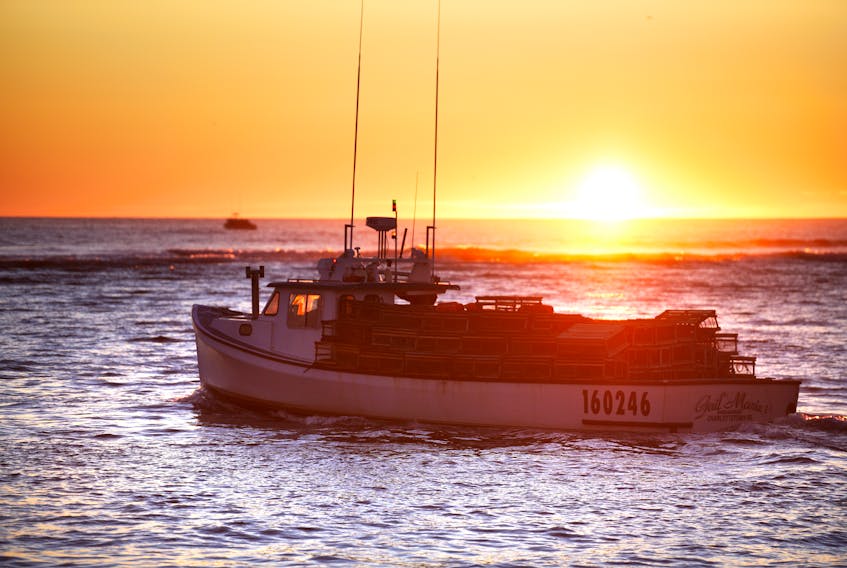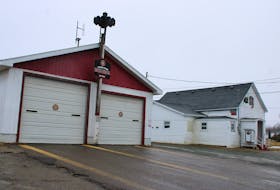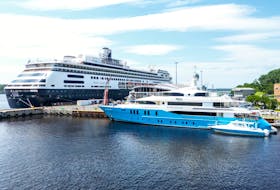Lobster catches are starting strong this season, but the industry continues to adapt to an unusual market, says one P.E.I. fisherman.
“The catches have been good. The weather’s kind of up and down depending on the day,” said Charlie McGeoghegan of Pinette.
“The prices are, well, they’re definitely lower than we feel they should be, but there is kind of a unique situation going on, compared to other years.”
Market-sized lobsters are selling for $4.25 per pound while canners go for $4. It’s the price buyers committed to at the start of the season.
Last year, the same lobsters would have fetched $7 and $6.50 per pound.
“That’s about $100 million that’s gone out of the economy,” said McGeoghegan.
With the pandemic affecting processors, some buyers are setting catch limits on their fishers
However, before the season started, fishers were told the industry could handle around 75 per cent of the usual catch. With the two-week delay leaving 75 per cent of the season, and therefore three quarters of the catch, McGeoghegan calls the limits a mixed message.
DIFFERING LABOUR SITUATIONS
Ian MacPherson with the P.E.I. Fishermen’s Association said the buyers represent plants with differing labour situations.
“It’s a situation where people are trying to manage the flow to the plants,” he said.
He can’t comment more specifically on catch limits as buyers are licensed by the province, not through the association.
MacPherson added the industry is coping with the loss of Les Pecheries de Chez Nous in Val-Comeau, N.B., which processed 75,000 to 100,000 pounds of lobster a day.
With processing capacity capping fisher’s sales, McGeoghegan’s thoughts have turned to a live-holding facility. The tanks would store lobsters safely for a few months and give fishers more control over prices.
“Right now we don’t have it, not on a big scale. Some of the plants have a bit (of live storage), but not in any amount that could help this situation right now,” he said. “It’s similar to the potato farmers in the 1970s and ‘80s when they didn’t have any storage for their potatoes. Both levels of government helped them with a program to build potato warehouses.”
Live-holding facilities are common practice in southwest Nova Scotia and southern New Brunswick. Some facilities are in the water, while some are on land in a dedicated building.
Alison Jenkins is a local journalism initiative reporter, a position funded by the federal government.









